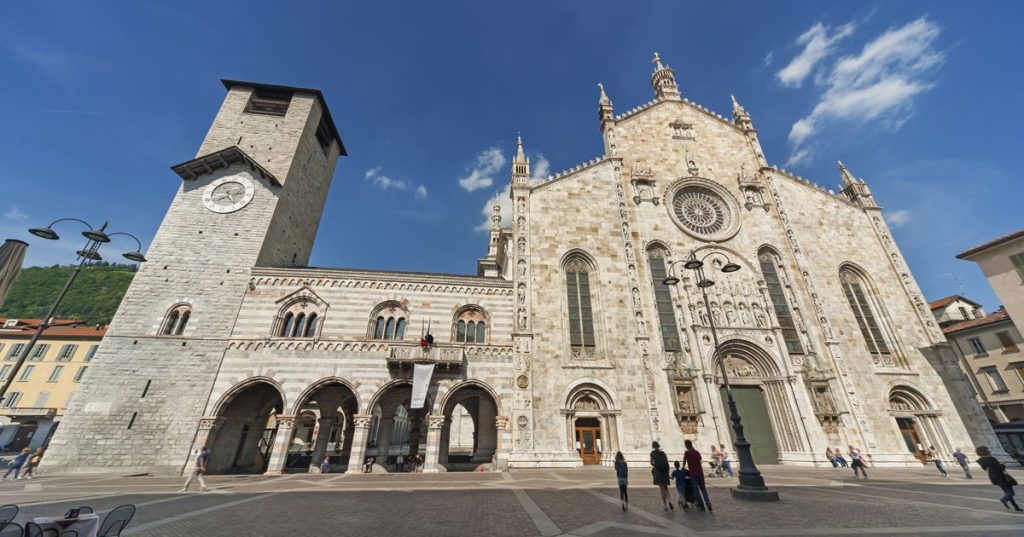About
The striking silhouette of the Cathedral is a prominent feature in Como's historic center, drawing the attention of travelers arriving from the mountain passes, plain, or lake.
Positioned near the lake and close to the old bishop's palace, which overlooked a wet basin, this structure serves as a symbol of Como's significance during its heyday as a hub for travel between Italy and northern and central Europe. Its impressive architecture, sculptures, and paintings speak to the blending of transalpine and Italian artistic styles. Construction on the Cathedral began in 1396 and was completed over three and a half centuries, with final touches on the cupola added in 1744. The building's design is intricate and unique, combining diverse interpretations of space and styles into one cohesive structure. Despite being constructed over an extended period (with features such as the Gothic naves dating back to the 15th century, presbytery and side apses from the 16th century, and cupola from the 17th century), it maintains a sense of harmony that has been maintained through successive eras by preserving proportional symmetry with each new addition.


